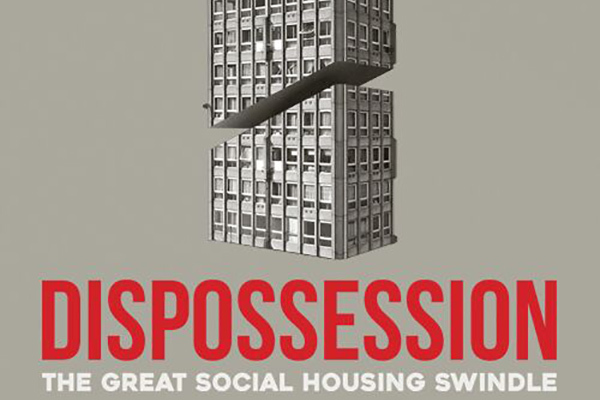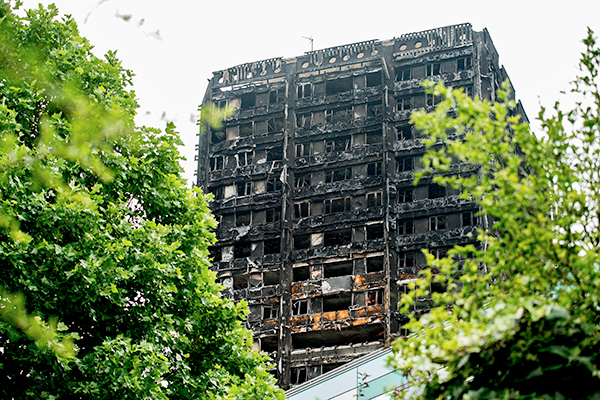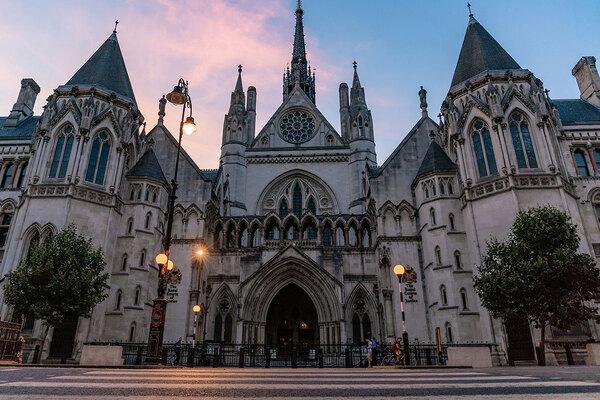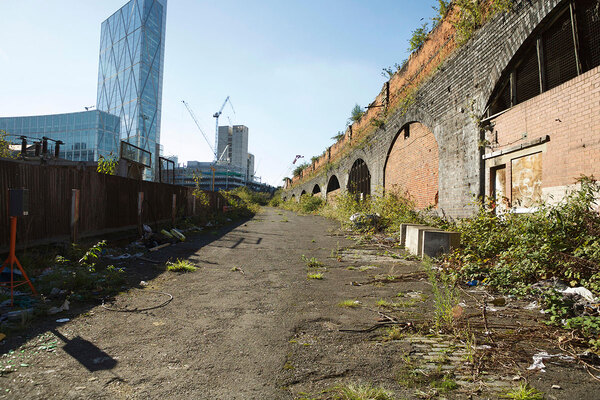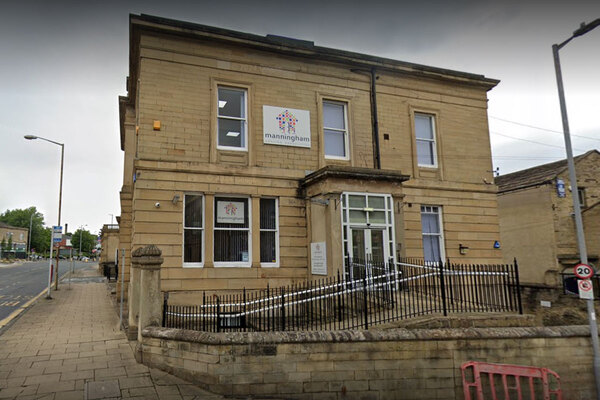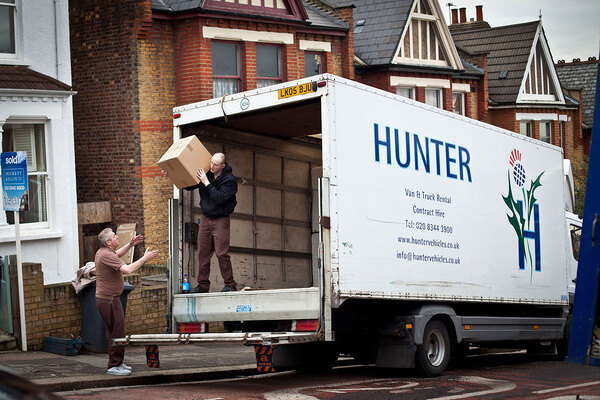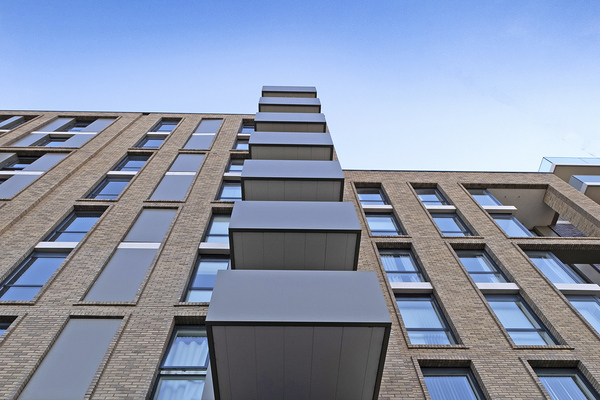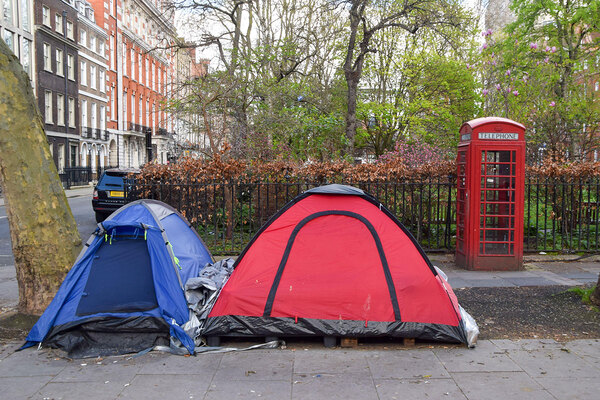You are viewing 1 of your 1 free articles
 Jules Birch
Jules BirchStreets Apart: Jules Birch reviews Radio 4’s series on the history of social housing
A new BBC Radio 4 series helps us understand why council housing and tenants have become stigmatised, says Jules Birch
 Jules Birch
Jules BirchIn case you missed it, you still have chance to catch up with a superb history of social housing that ran over the past two weeks on Radio 4.
Lynsey Hanley’s Streets Apart told the story from the beginning of council housing in the 19th century in Liverpool to the present. I got the impression that most of it was made before the fire at Grenfell Tower, but its shadow looms over everything.
Why is the series so good? Partly that Ms Hanley knows what she is talking about (as author of Estates: An Intimate History and Respectable: The Experience of Class). She is also an engaging presenter with an accent not normally heard on Radio 4 that comes from her upbringing on the Chelmsley Wood Estate in Solihull.
Partly because her interviewees know what they are talking about: they are a mixture of experts in local areas, in architecture, planning and housing and local residents who are given time to tell their stories.
But also because she recognises the nuances and contradictions in the history of social housing and in its present: Michael Heseltine comes out of it surprisingly well for the minister who introduced the Right to Buy; another Tory minister Harold Macmillan gets the last word; and the final episode features more than one side to current regeneration controversies.
Her message may be obvious in one sense and, as she says, naïve and utopian in another: in the wake of Grenfell Tower, housing needs the same national priority as health and education.
“The term social housing barely existed before the late 1980s.”
But the thesis behind it is also a challenge to those of us who would agree with all of that: “Social housing in Britain has suffered from the flaw of being regarded as being only for poor and working class people and not for everyone.”
She’s talking about the deep-set cultural attitudes towards council housing and its tenants that are the legacy of slum clearance, class prejudice and the Right to Buy.
What she seems to have in mind is something that recaptures the vision of Bevan’s ‘living tapestry’ of the 1940s and Mr Macmillan’s housing drive of the 1950s, but “today the task is much more complicated and the solutions have to be equal to the needs of wider Britain”.
Before we can look to the future, though, we need to understand the past. The 10 episodes of Streets Apart tell the story of social housing, but it’s important to remember that the term barely existed before the late 1980s when housing associations began to take over the lead role from local authorities.
We begin inevitably in the shadow of Grenfell Tower and the questions it raises about the way we’ve allowed our housing to become separated by income and class.
The history starts with the very first ‘council housing’ built in Liverpool on the recommendation of its chief medical officer.
“We’ve allowed our housing to become separated by income and class.”
Lynsey Hanley makes the point that the first council housing was not for the poorest people but for the better-off skilled working class and that decisions to build it were less about idealism than pragmatism.
The series is about ‘social’ housing in its broadest sense and the next two episodes cover the model villages built by industrialists for their workers (out of enlightened self-interest) and the Garden City vision of Ebenezer Howard.
Next we move through the post-war New Towns and Mr Macmillian’s housing drive to the idealism of streets in the sky and the utopian/dystopian communities of the 1960s.
The unlikely housing minister who embraced industrialised building methods to get council houses as quickly as possible was Keith Joseph, later to become Mrs Thatcher’s political guru.
For me the best episode is the one about the Right to Buy. This goes beyond the usual story and points out that the idea predated Margaret Thatcher and was also advocated by Labour policy advisors in the 1960s and 1970s.
Mr Heseltine says that he did a deal with the Treasury to allow 75% of the sales proceeds to be reinvested in new homes. In his eyes, that deal was scrapped as soon as he stopped being secretary of state and led directly to the “lack of sufficient social housing now”.
Instead, the Right to Buy became the turning point. The divide it created between the skilled and unskilled working class benefited the Conservatives politically but it also helped to stigmatise the council housing and tenants that were left behind. The penultimate episode featuring Lisa Mackenzie is very good on that.
“The Right to Buy became the turning point. The divide it created between the skilled and unskilled working class benefitted the Conservatives politically but it also helped to stigmatise the council housing and tenants that were left behind.”
Along the way, the narrative takes in the stories of estates all over the country, some familiar to me, some not familiar at all.
From Eldon Grove in Liverpool (now empty but “a cathedral of council housing”, according to Ronnie Hughes) we go to Saltaire and Port Sunlight and to Letchworth and Harlow, from Park Hill and Thamesmead to Gleadless Valley and Chelmsley Wood, with a final word from Eldonian Village.
These are places with stories that need to be told and understood if we are to look to the future of social housing while avoiding the mistakes of the past.
Streets Apart is available to listen again here (episode 1 is at the bottom of the page).
Jules Birch, award-winning blogger
